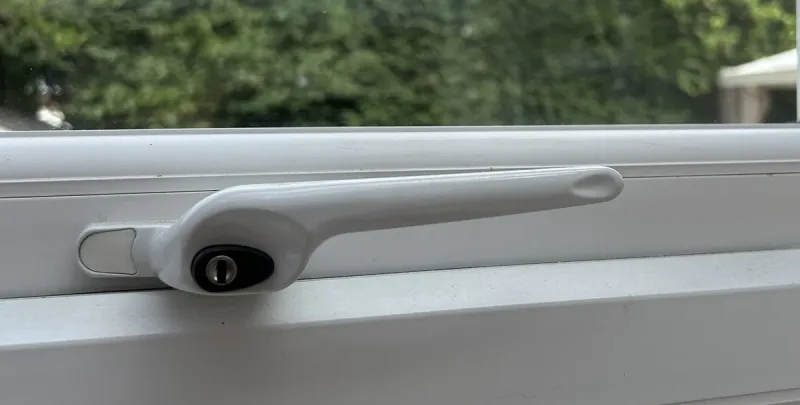One of the most costly maintenance problems for homeowners is woodworm, dry rot and wet rot. If left untreated it can huge amounts of damage to the interior of your home. There are treatments and remedies to prevent it’s spread and to eliminate the problem it becomes critical. Woodworm is most commonly caused by the furniture beetle which leave larvae boreholes inside the major woodwork elements of a property. These area include the roof timbers, joists, staircase and floorboards. Woodworm can also infest ordinary household furniture causing a home insurance claim problem.
Another type of woodworm is the house longhorn beetle which will eat into softer types of wood. The boreholes inside the wood are interconnected by tiny tunnels and can only be treated using an aerosol-based application. Homeowners will need to seek professional assistance in dealing with woodworm, particularly if there are large areas inside the roof timbers being affected.
Wet rot is equally destructive and is caused by various types of fungus that enjoys timber that is frequently wet or damp. It usually appears where protective sealants such as paint have flicked away from the wood which has not been properly protected when it was constructed. Leaking radiators or pipes or holes in the roof where water had seeped through likely areas where wet rot is to be found.
The problem can be dealt with because fungus can be killed using a combination of different solutions, depending upon the level of rot and the area of surface affected. Major areas of the roof affected by wet rot may have to be cut away and replaced with new timbers. Minor areas such as window frames can be treated using domestic spray and fluid solutions available from most DIY stores.
It is important to eliminate the cause of the damp before any treatment takes place so that it is not reoccur in the future. For instance, it is sensible to check the integrity of the damp proof course to ensure that water cannot rise up through the walls and into the property. Likewise checked ventilation points around the property such as the air bricks that help to keep wooden floors aerated. Owners of properties where there is no window inside the bathroom for ventilation should ensure extractor fans are working adequately.
Dry rot can be even more difficult to get rid of as the fungus that causes it can spread rapidly and embed itself within masonry walls, doors and wooden floors. Dry rot can be identified via a brownish looking mushroom spores that spreads quickly. It should only really be dealt with by a professional maintenance company who will probably use specialist chemicals to treat the infected areas. These chemicals can be highly toxic and their application involve major disruption to a family residential property.






























